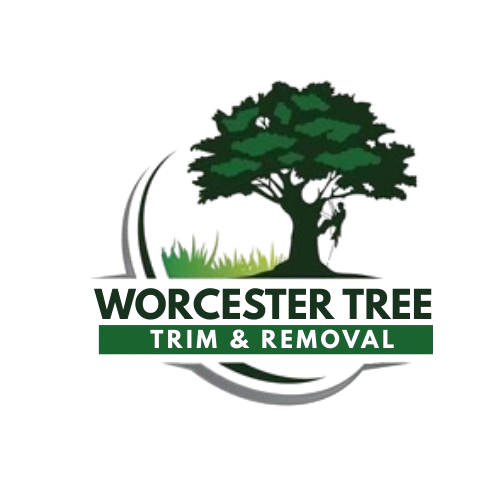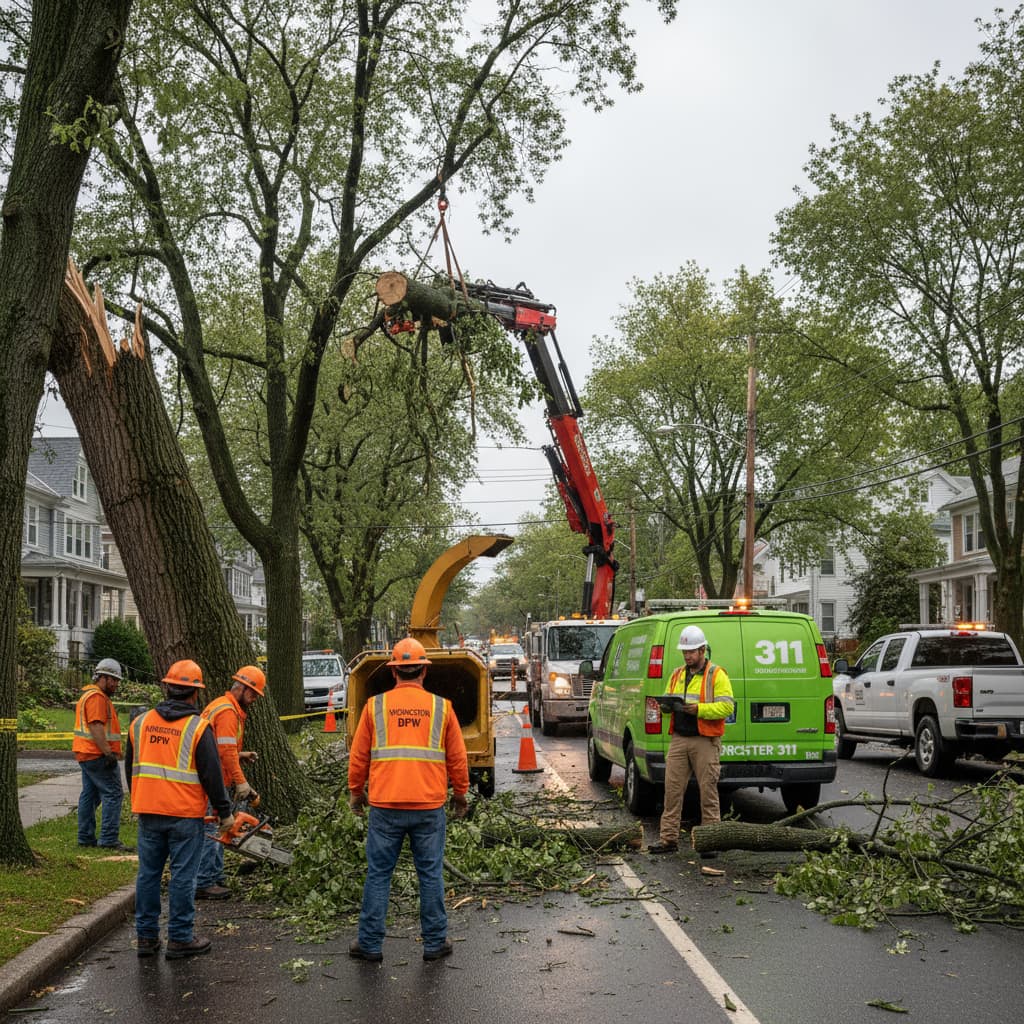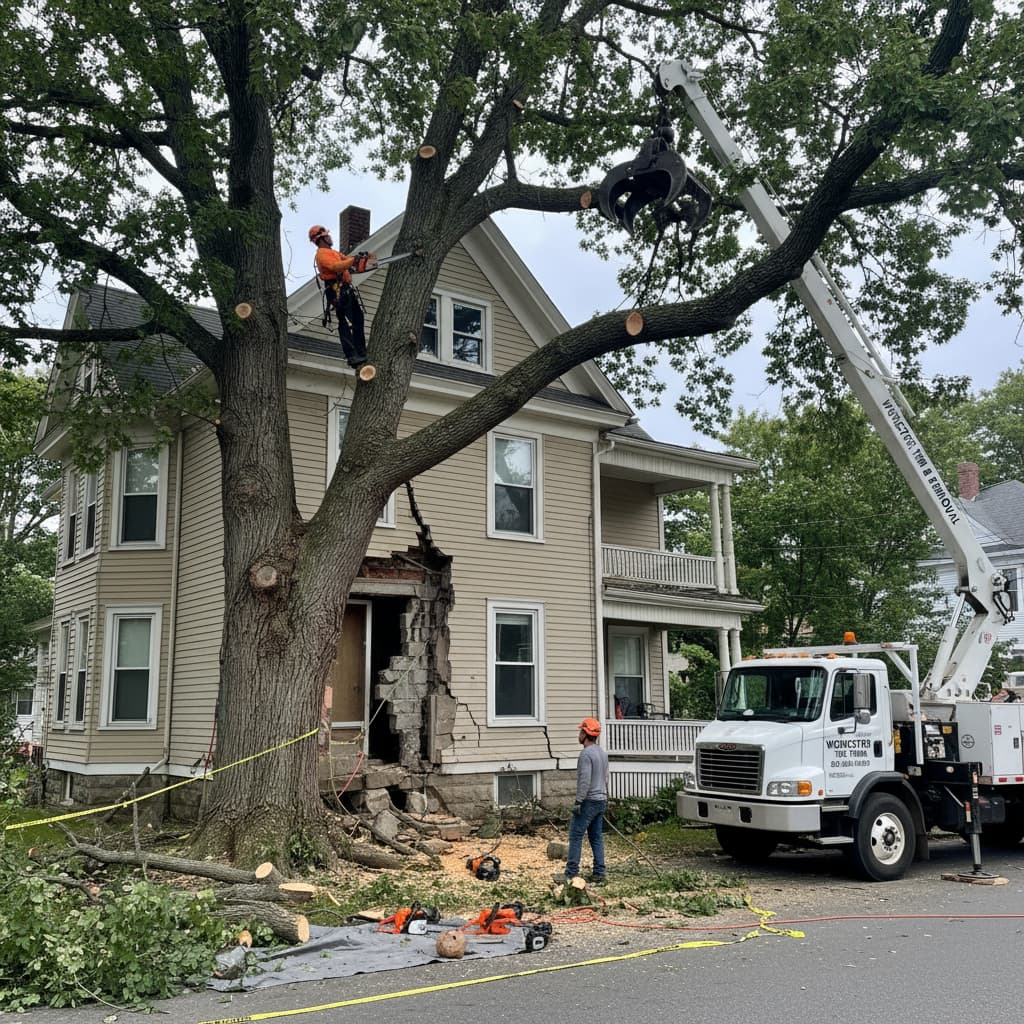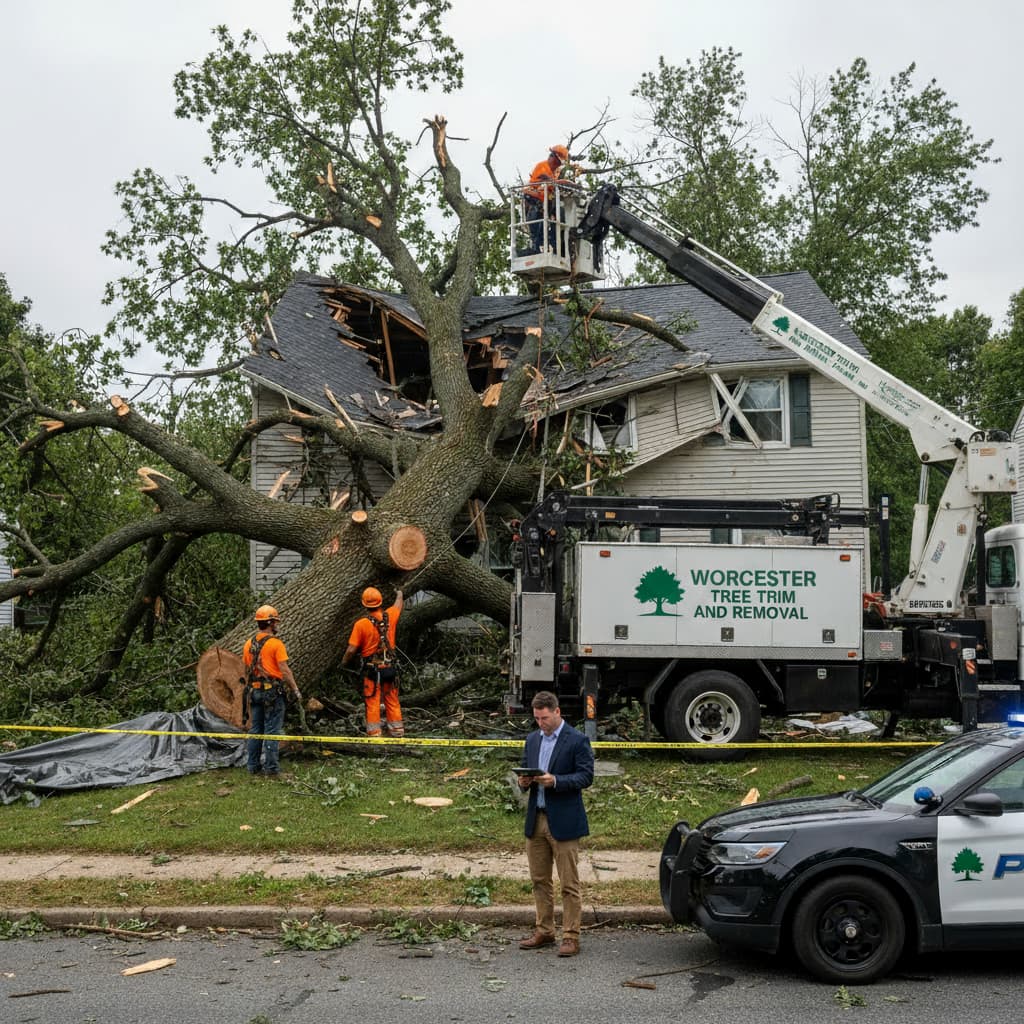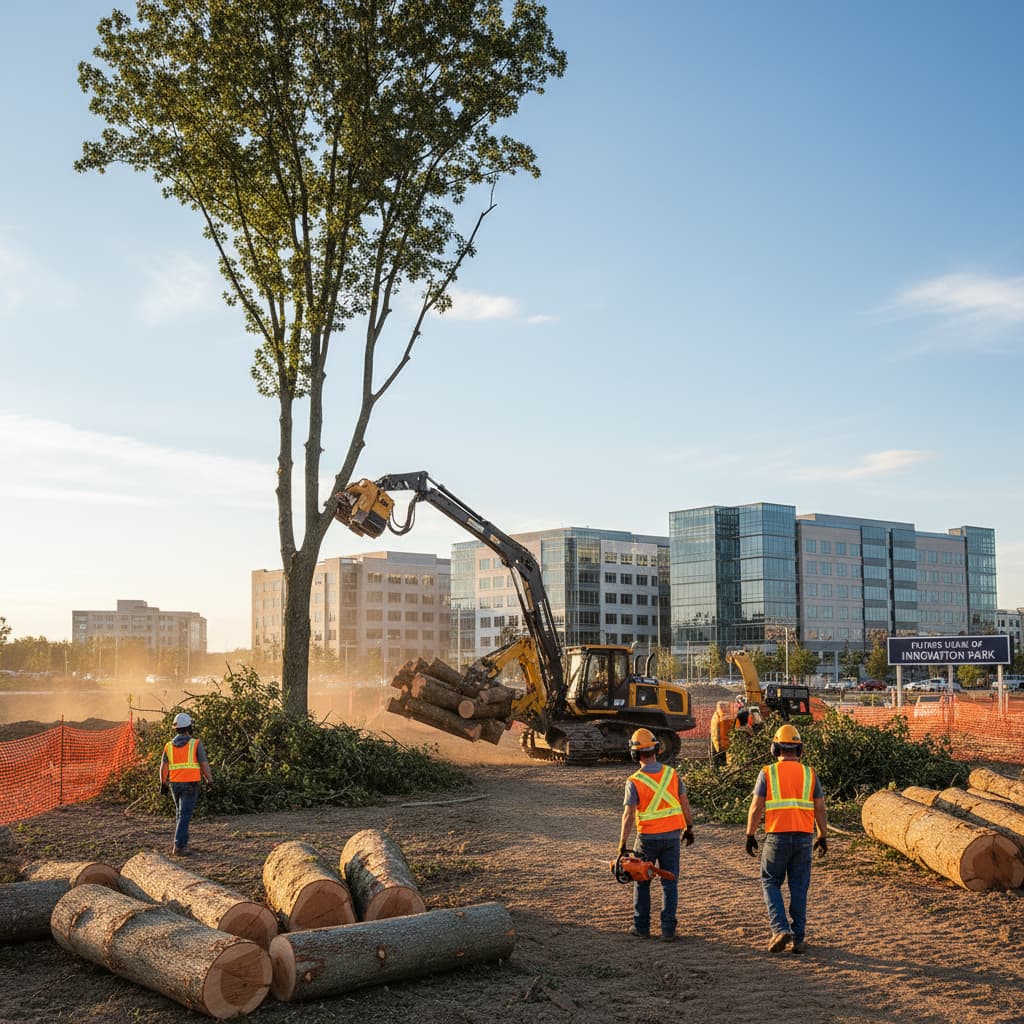
Planning Tree Planting? Do Stump Grinding First
Stump Grinding Worcester
When Worcester homeowners begin planning new landscaping projects around Green Hill Park or in the tree-lined neighborhoods near College of the Holy Cross, they often focus on selecting the perfect tree species and location. However, experienced property owners know that successful tree planting starts underground—specifically with professional stump grinding to prepare the site properly.
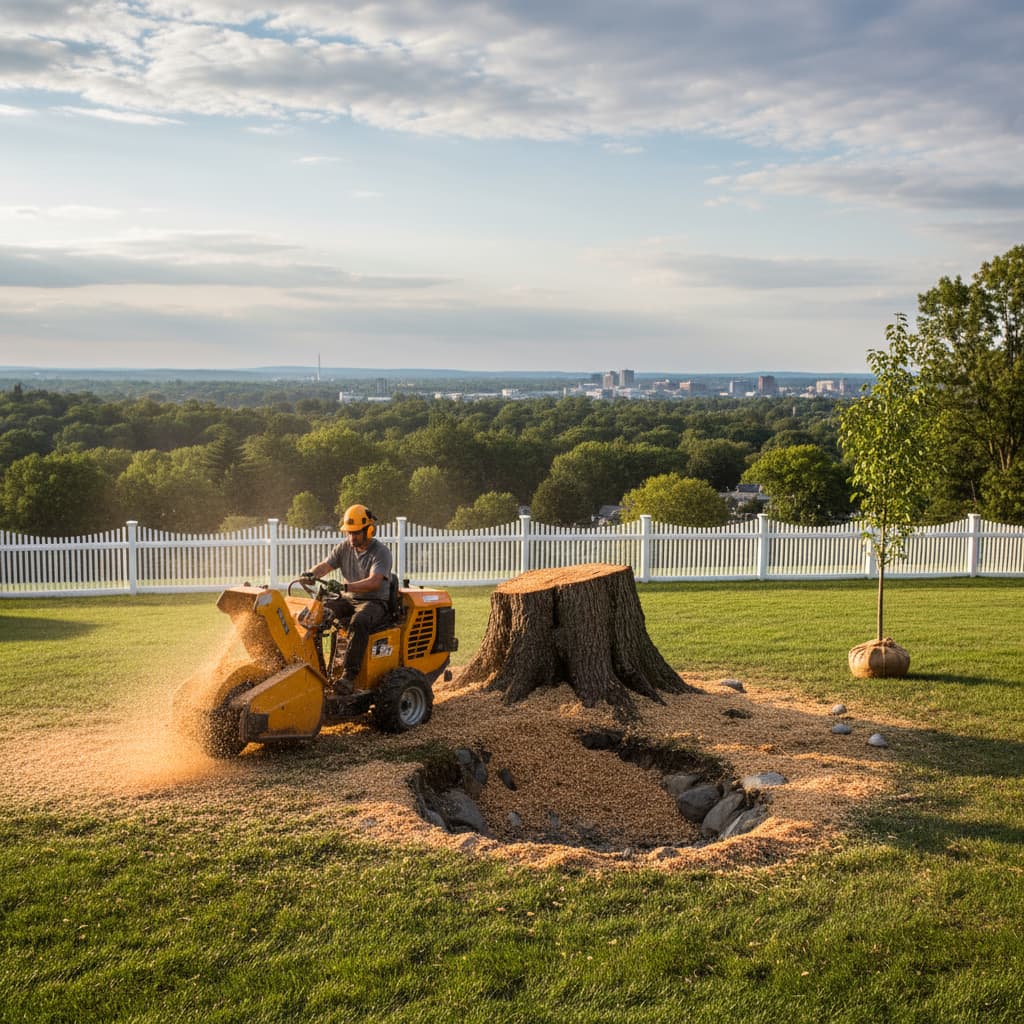
Why Stump Grinding Matters Before New Plantings
Leftover stumps from previous trees create multiple challenges that can doom new plantings to failure. These obstacles extend far beyond simple aesthetics, affecting everything from soil health to root development in ways that may not become apparent until years later.
Root System Conflicts
Old root systems don’t disappear when trees are cut down. They can persist for years underground, creating a tangled network that prevents new tree roots from establishing proper anchoring systems. In Worcester’s clay-heavy soils, particularly common in areas like Crown Hill-Piedmont and the Eastside neighborhoods, this competition becomes especially problematic.
When new trees can’t develop strong, deep root systems, they remain vulnerable to wind damage during New England storms. The mature trees lining Holy Cross’s campus demonstrate the importance of proper root establishment—something impossible when competing with existing root networks.
Nutrient Competition and Soil Health Issues
Even in decay, old stumps continue to absorb water and nutrients from the surrounding soil. This ongoing depletion means new plantings must compete for essential resources during their most vulnerable establishment period. Additionally, the decomposition process can alter soil chemistry in ways that make it difficult for new trees to thrive.
Professional stump grinding eliminates this competition while creating beneficial wood chips that, when properly managed, can improve soil structure and organic content. This becomes particularly important in Worcester’s urban environment, where soil compaction and nutrient depletion are common challenges.
Disease Prevention and Pest Control
Worcester’s urban forest faces ongoing challenges from various diseases and pest populations. Old stumps can harbor pathogens that survived from the previous tree, creating infection risks for new plantings. This concern becomes especially relevant given the Massachusetts Department of Conservation and Recreation’s ongoing efforts to protect the urban canopy through programs like Greening the Gateway Cities.
Common Disease Transmission Risks
Fungal infections, bacterial diseases, and pest populations can all use old stumps as breeding grounds. In dense neighborhoods like those surrounding downtown Worcester or near the DCU Center, where trees are planted in close proximity, disease transmission can spread rapidly through root systems and soil contact.
Stump grinding removes these potential infection sources while allowing property owners to treat and amend the soil before introducing new trees. This preventive approach proves far more cost-effective than dealing with diseased trees years later.
Creating Optimal Planting Conditions
Professional stump grinding provides several advantages that directly benefit new tree establishment:
Improved Soil Access
Grinding removes physical barriers that prevent proper soil preparation. Property owners can then add amendments, improve drainage, and create the specific soil conditions their chosen tree species requires. This proves especially valuable in Worcester’s varied terrain, from the well-drained slopes near Bancroft Tower to areas with clay soils common throughout the city.
Equipment Access for Proper Planting
Large stumps make it difficult to position tree planting equipment properly. Professional planting often requires access for specialized machinery, especially for larger trees that can provide immediate landscape impact. Stump grinding ensures adequate space for both equipment operation and proper tree placement.
Timing Considerations for Worcester Planting Projects
Massachusetts planting seasons require careful timing to ensure tree establishment before winter stress. Spring planting works well for most species, but fall planting can also succeed with proper preparation. Stump grinding should occur well in advance of planting to allow soil settling and amendment integration.
Soil Preparation Timeline
After stump grinding, wait at least 2-4 weeks before planting to allow soil settling. This timeline provides an opportunity to remove excess wood chips, add fresh topsoil, and incorporate organic amendments that will support new tree growth. The wood chips created during grinding can be used as mulch around new plantings, but should be removed from the immediate planting area.
Worcester Tree Trim and Removal recommends scheduling stump grinding during late winter or early spring for spring plantings, allowing adequate time for soil preparation while taking advantage of optimal planting conditions.
Professional vs. DIY Stump Grinding
While some property owners consider renting stump grinding equipment, professional service provides several crucial advantages:
Safety and Expertise
Stump grinding equipment requires experience to operate safely, especially around underground utilities common in Worcester’s established neighborhoods. Professional services carry appropriate insurance and understand local utility marking requirements, protecting property owners from liability and expensive mistakes.
Complete Site Preparation
Professional stump grinding includes proper cleanup and site preparation for future planting. This means removing appropriate amounts of wood chips, leveling the area, and identifying any remaining root issues that could affect new tree establishment.
Experienced operators also understand how to grind to appropriate depths—typically 4-6 inches below ground level—ensuring complete stump removal without creating unnecessarily large holes that complicate replanting efforts.
Choosing the Right Follow-up Plantings
Once stump grinding is complete, property owners can select new trees that will thrive in Worcester’s climate and specific site conditions. Consider factors like mature size, root spread, and seasonal interest when choosing replacements for trees near historic properties or in small urban lots common throughout the city.
Native species often provide the best long-term success, supporting local wildlife while requiring minimal maintenance once established. Massachusetts native trees like red oaks, sugar maples, and white pines have proven track records in Worcester’s climate and soil conditions.
Professional tree services can guide species selection based on specific site conditions, helping ensure that the investment in proper site preparation through stump grinding pays dividends through successful tree establishment and long-term growth.
